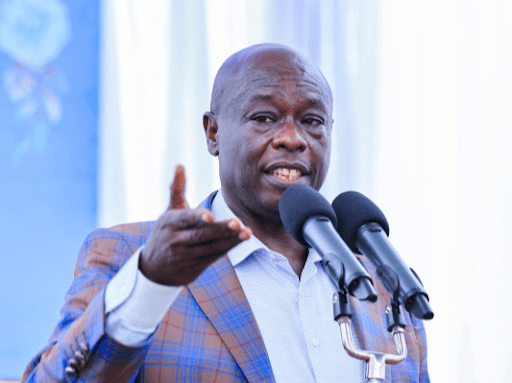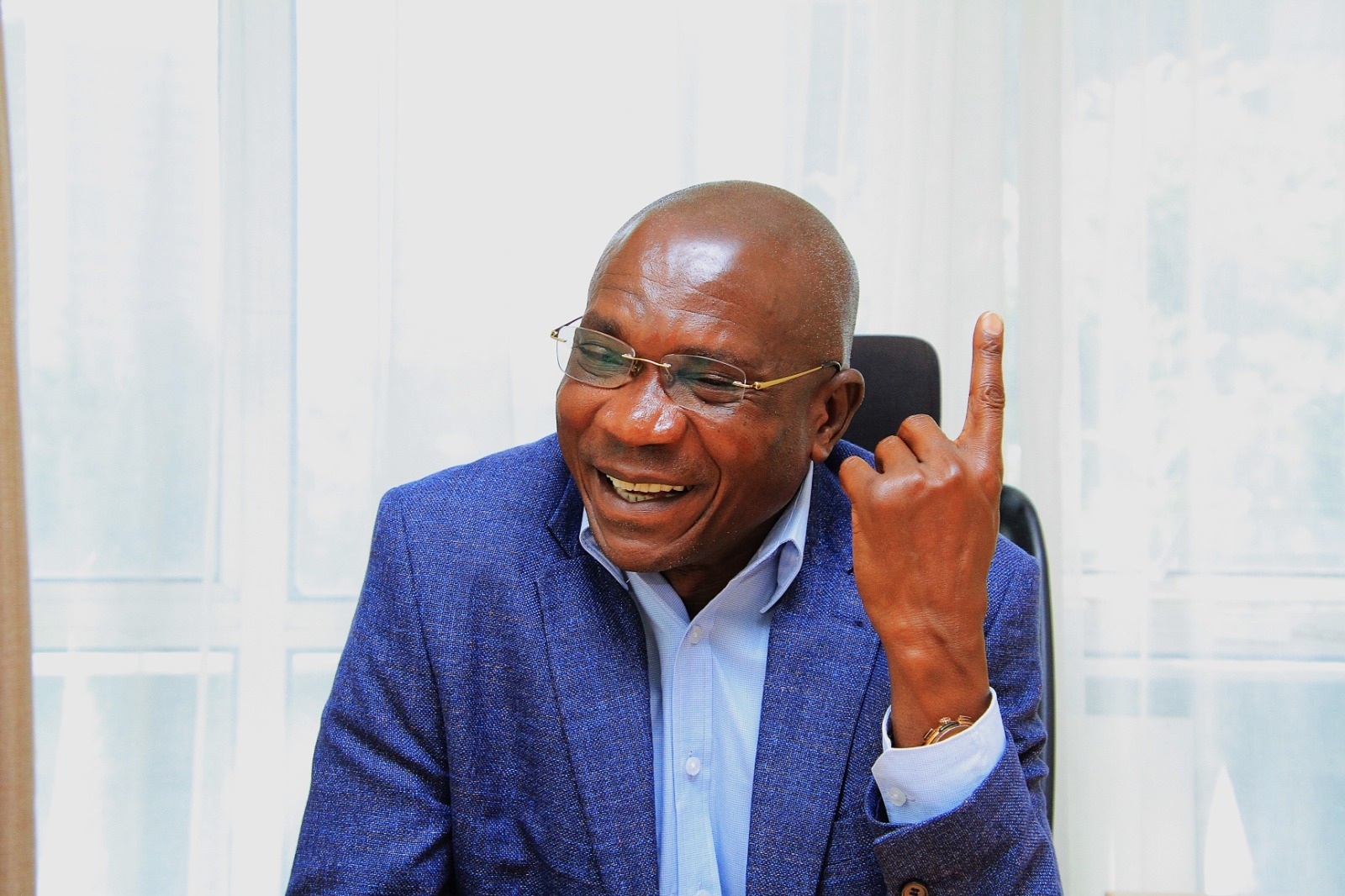A key donor has advised Kenya to increase its contribution to HIV-Aids funding and reduce the current overreliance on foreign funding.
Foreign donors currently finance at least 66 per cent of the HIV budget in Kenya, mostly buying ARVs and related supplies.
The country’s domestic contribution has been rising since 2018 and currently stands at about 34 per cent, according to the National Syndemic Diseases Control Council, which develops HIV policy in Kenya.
Kenya’s main donor is the US President's Emergency Plan for Aids Relief (Pepfar), which is struggling to secure a five-year, $6·8 billion funding from the US Congress.
“The need for significantly greater domestic financing for the health sector, including for the national HIV programme, has become more urgent,” a policy paper on Kenya commissioned by Pepfar said.
It cited the expected decline in donor funding as Kenya transitions into a lower-middle-income country.
“The government of Kenya should prioritise strategies that can potentially secure and sustain increased government financing for health and HIV,” said the paper.
It was titled, 'Trends in Public Sector Investments in HIV in Kenya'.
It was produced for Pepfar and USAid by policy think tank Health Policy Plus.
According to the disease control council, the country has been increasing its domestic financing and hopes to reach at least 50 per cent by 2027.
Dr Mutinda Mutuku, a health economist and health financing specialist at the council, said this move is gradual so that gains made in addressing HIV, other diseases and strengthening the health system are not reversed.
“It should be progressive. That is, the proportion of domestic (national, county government, NHIF and private sector) contributions should be increasing with time, and as the economy grows,” he said.
Mutuku said donor financing is declining, while more than 1.4 million Kenyans living with HIV require lifelong treatment, and infections are still spreading.
“Partner financing is subject to sudden change, causing shocks and endangering lives,” he said.
“Donor financing does not always align to Kenya’s strategic priorities, and sometimes funds parallel systems, creating inefficiencies.”
Mutuku said as the country matures into an upper middle-income economy, it is expected to contribute more than 50 per cent of funding from domestic sources.
In 2020-21, public funds accounted for about 39 per cent of Kenya’s HIV-related expenditure. Pepfar contributed 47.1 per cent, followed by Global Fund at 9.5 per cent, other donors at 5.1 per cent and 0.07 per cent from local non-governmental sources.
In August, the Ministry of Health said some key donors had agreed to continue buying ARVs and HIV test kits for Kenya until 2030.
Medical Services PS Harry Kimtai said the country was expected to transition out of most donor support by 2027.
He said Kenya now has seven years to start footing its HIV-related activities bill.
“By 2027, funders were to be packing and going away,” Kimtai said at the Maisha Maisha HIV-Aids conference in Mombasa.
“We requested them to stay until 2030. It's only seven years away. Are we ready as a nation?”
The biannual meeting is Kenya’s flagship conference on HIV, bringing together government officials, researchers, development partners, civil society and the private sector.
Last year, Pepfar gave Kenya about Sh40.7 billion, mostly for drugs and test products for one year, ending September this year.
Pepfar has approved another allocation of $346,250,000 for 2023-24 and $327,917,500 for 2024-25.
The country is also utilising a Sh50 billion grant from the Global Fund to fight HIV, malaria and tuberculosis.
The cost of maintaining one patient living with HIV with drugs and associated expenses is about Sh20,000, according to various estimates.
Kimtai said Kenya might be unable to foot the bill if new infections continue at the current rate.
“Kenya has 1.4 million people living with HIV,” he said.
We will drain our economy if we don’t control infections. We need an HIV trust fund to take care of expenses in HIV.
Brian Rettmann, the Kenya Pepfar coordinator, also said the fund expects countries to do more.
“We are encouraging recipient countries to put together HIV financing roadmaps,” he said.
Dr Ruth Laibon-Masha, CEO of the disease control council, said Kenya has the seventh-highest HIV burden in Africa.
She said the number of new HIV infections in the country dropped from 34,540 to 22,154 in 2022.
Masha also said the country has achieved a 68 per cent reduction in Aids-related fatalitie, since 2013.
“Kenya has also seen a substantial decline in new HIV cases, further complemented by the expansion of access to ART medicine,” she said.
“Approximately 1.2 million individuals have been accessing treatment since 2013.”
Masha affirmed that the nation's experts have consistently contributed to HIV research at both national and international levels.
"As a country, some of the milestones we have had is because we have remained at the centre of scientific advancement," she said.
"There is no HIV research that has been done without experts from Kenya contributing, both at the national and international levels."
















